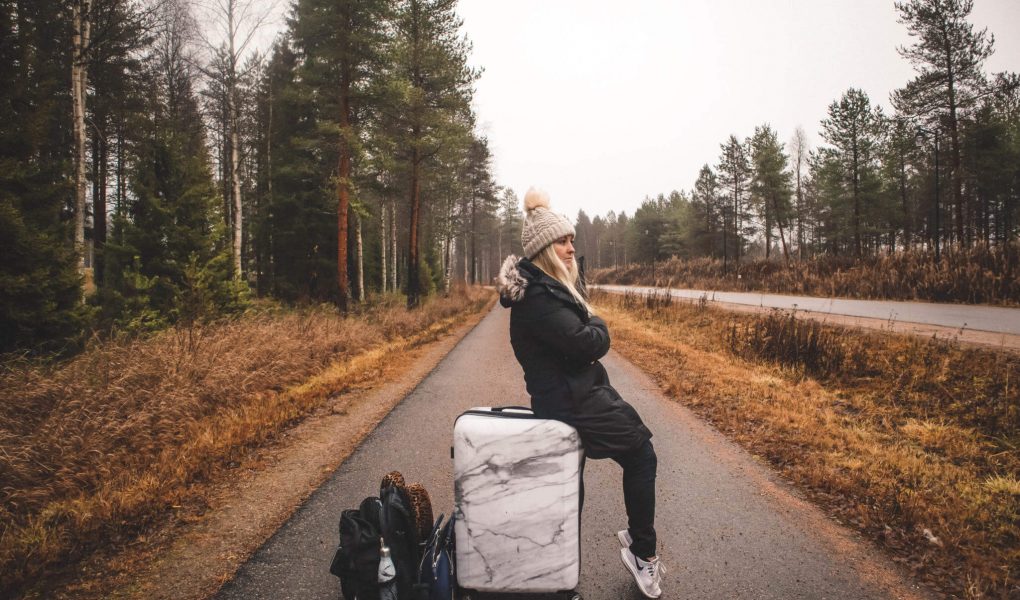A. The Essential Packing Guide For Travel Nurses

You have landed a great travel health care contract and are looking forward to your new destination. Now that you’ve got the required interviews and paperwork behind you, all that’s left is packing up the things you need for the next 13 weeks between you and your new adventure. While it sounds simple enough, knowing what to pack, what to leave behind, and what to buy in your new hometown can make a huge difference in the ease and efficiency of your travel and the settling-in time in your new home.
1. Housing essentials for your travel nursing mission
Before you start packing, speak to your recruiter to see what amenities your new condominium has. If you accept free property provided by the company, your property will likely include basic furniture such as:
- Bed
- Bedside table
- Comfortable
- Dining table and chairs
- Couch
- Side tables and lamps
This list may vary from location to location, so do your research beforehand. In most cases, travel nurses are responsible for providing bed linen, towels, kitchen utensils, cutlery and crockery. Another option is to prefer the housing grant over company-brokered housing, which means your equipment and furnishings will depend on what you can find. Once you know what’s in your housing package, make a detailed list of the items you will need during a mission and mark each item you are packing and making a note of what items you can buy when you move. This will ensure that you don’t forget anything important.
2. Research the weather in your travel destination
One of the most important rules in packing is knowing what weather to expect at your destination. When traveling for two or more seasons, the rule of thumb is to bring layers of clothing – shirts, sweaters, jackets, jackets – that can be added or removed as the temperature changes.
3. Easy trip, real trip
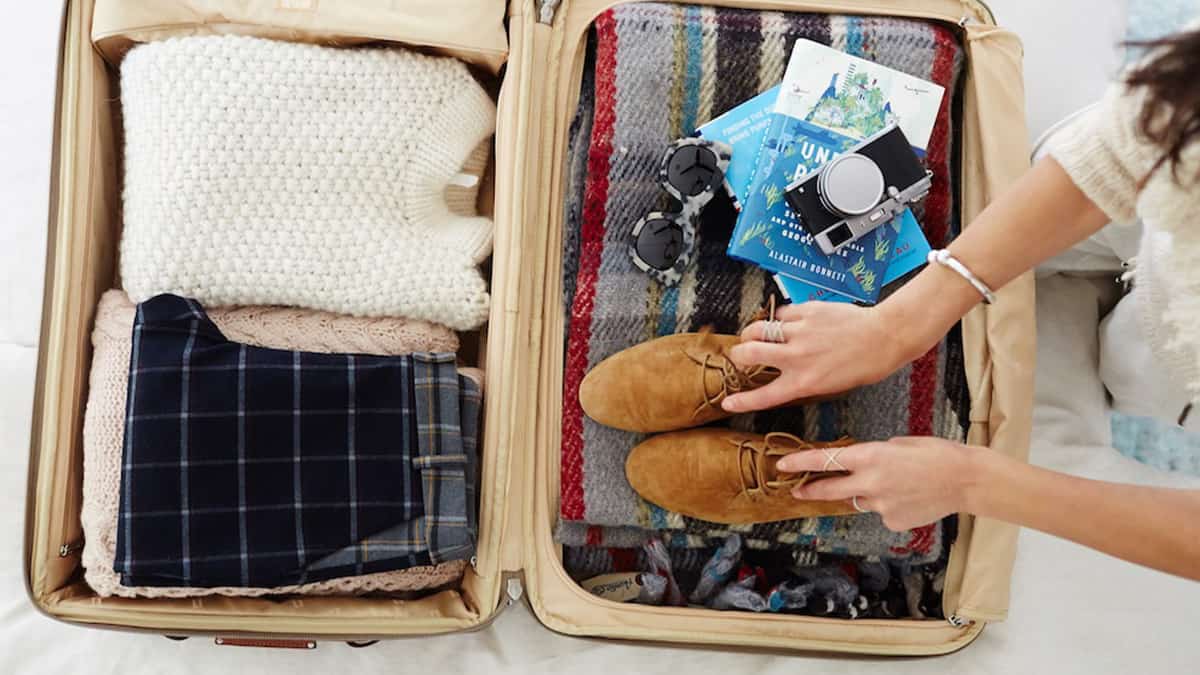
Travel experts agree that there are two types of travelers in the world: those who carry light luggage and those who wish to. While packing everything you own can be tempting, traveling with a heavy load only makes moving from one place to another more difficult and time-consuming. Rather than packing up large, bulky items like a TV or DVD player, some travel nurses have found it easier to rent these items when they arrive at their destination, or to buy them at a local pawn shop and sell them all again. This not only saves money, but also reduces packaging to a minimum.
4. Feeling at home on your travel nursing assignment
No matter where your journey takes you, it is important to feel comfortable in your “home away from home” and to feel connected to the people or places you have left behind. Other items that are easy to move from place to place but give a sense of comfort and familiarity are scented candles with your favorite scents, colorful throws and pillowcases, framed photographs of loved ones that can be used as wall art, fridge magnets of places to go whom you’ve visited baskets of various sizes that can be used for display and storage.
B. 22 Packing Tips And Tools For Travel Nurse
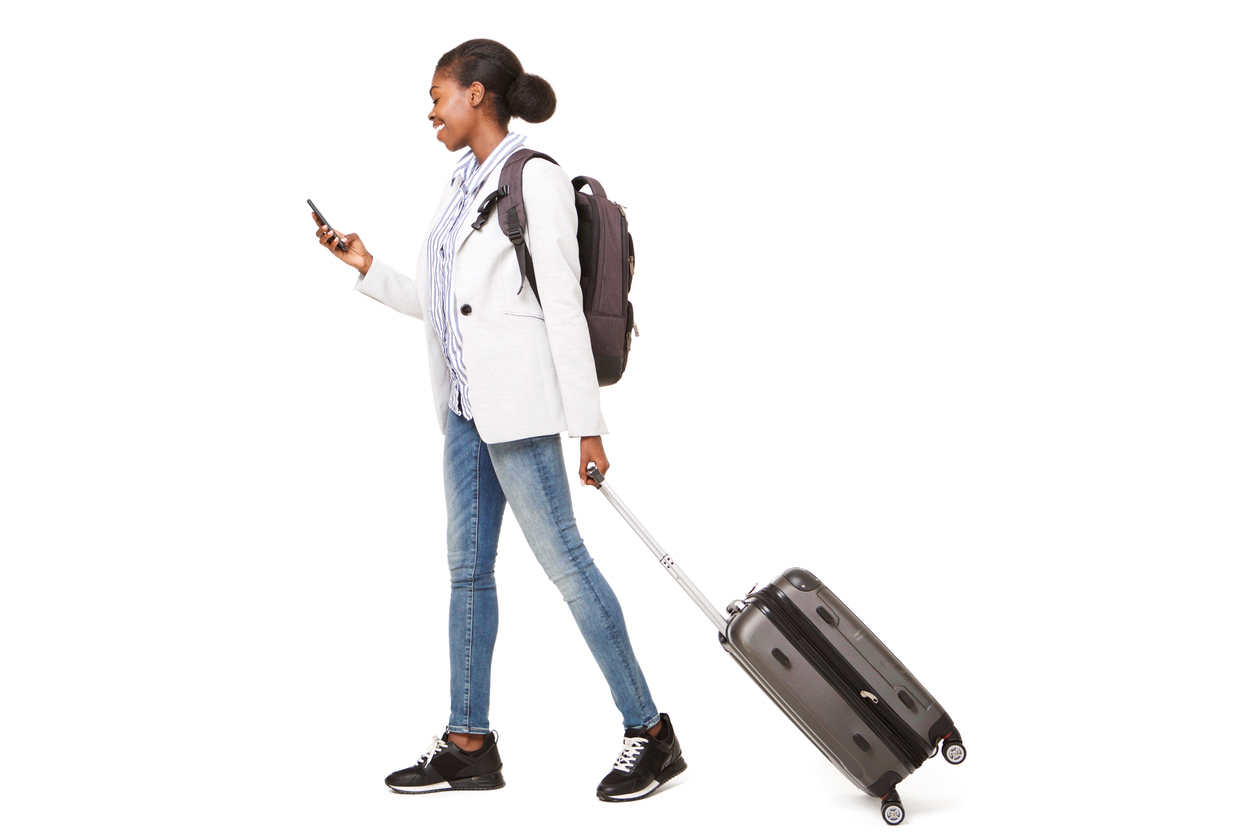
Travel nurses face a unique situation when it comes to packing for their travel nurses. Sure you are traveling, but you will likely be staying there for 3 months and likely staying in an apartment, house or hotel for longer stays. As a result, you are in a kind of limbo between the traveler and the permanent resident. The comfort of a home would be ideal, but anything you own when you move is unrealistic. Here are 22 tips to help travel nurses pack for their duties.
We’re not going to make an actual list in this blog post, we’re going to save it for another blog post. Instead, we provide some helpful tips for the packaging process. Additionally, we provide some helpful tips, products, and services that can help you master the art of packing for your travel nursing missions. Against this background, every person and every situation is unique. Hence, one traveler’s list can be completely different from another traveler’s list. Here are some things to keep in mind as you develop your list and tools to use.
1. Determine the length of your nursing adventure trip before packing
The assignments vary in length, most of them last 13 weeks, but assignments of 4, 6, 8 and 26 weeks are also possible. Plus, you can extend your next task or move straight to your next assignment before you return home. For many travel nurses, different travel times require different packing strategies, so do your best to estimate how long you will be away.
2. Consider the location before packing for travel nursing
The locations have different climates and can offer different activities that can result in you packing different items. For example, you probably don’t need to pack your snow skis for a trip to Miami. When creating your packing list, always consider the climate and possible activities.
3. Think about what the nursing travel agency is offering
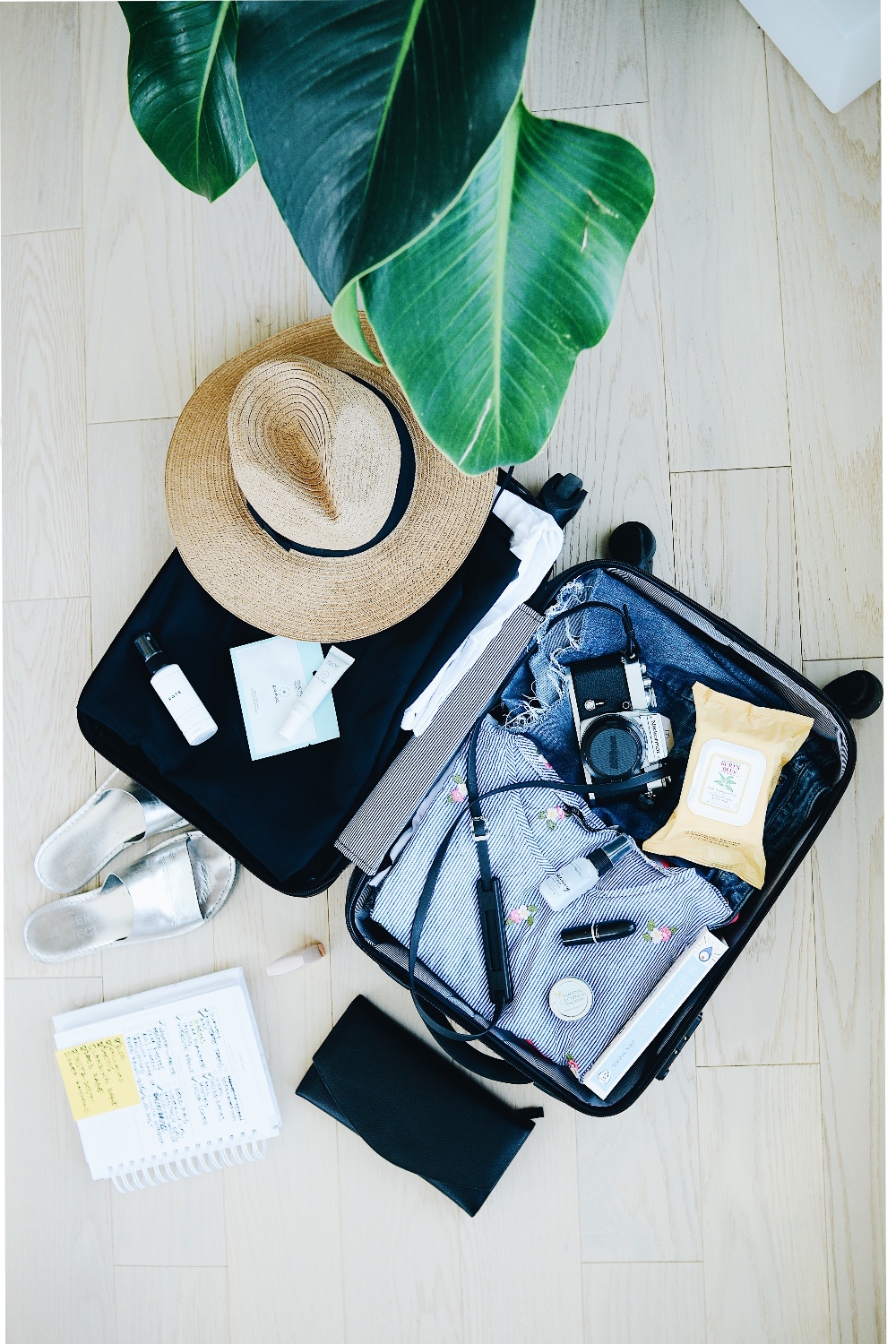
When choosing a company-provided apartment, it is important to keep in mind that different agencies handle the apartment search differently. Some agencies offer apartments that come with household items and a cleaning package. These can be pots, pans, dishes, cutlery, towels, bed linen, brooms, mops, vacuum cleaners and other cleaning products. Other agencies only offer the furniture.
It is therefore important to find out exactly what your accommodation will include. Do not rely on ambiguous statements such as “fully furnished” or “turnkey apartment” as you may find that the items you expected are not included. For example, “fully furnished” may or may not include a television.
4. Make a list of what you do and use regularly
We are all different in terms of lifestyle and daily habits. For example, some nurses love the convenience of slow cookers that help them easily prepare meals that are ready to eat after a long shift. Others have never used a slow cooker and never will. Some of us exercise all the time and some of us don’t. Some read books regularly and some don’t.
Therefore, it’s a good idea to make a list of the things that you use and do over a period of one to two weeks. We are all creatures of habit, so this list should cover the majority of what you need to maintain your habits and lifestyle while on duty.
5. Consider second-hand goods, thrift stores, and discount stores
As you develop your packing list, there is a very high chance that you will find that it is getting too big, perhaps too big for your liking. One way to reduce the size of your list is to purchase multiple items from thrift stores, thrift stores, and discounters when you get to your destination rather than packing them up. At the end of each assignment, you can determine whether items will be wrapped for the next assignment or donated to local goodwill or the Salvation Army. You can even post articles on Craigslist for free.
6. There are apps that help the Travel Nurses Pack!
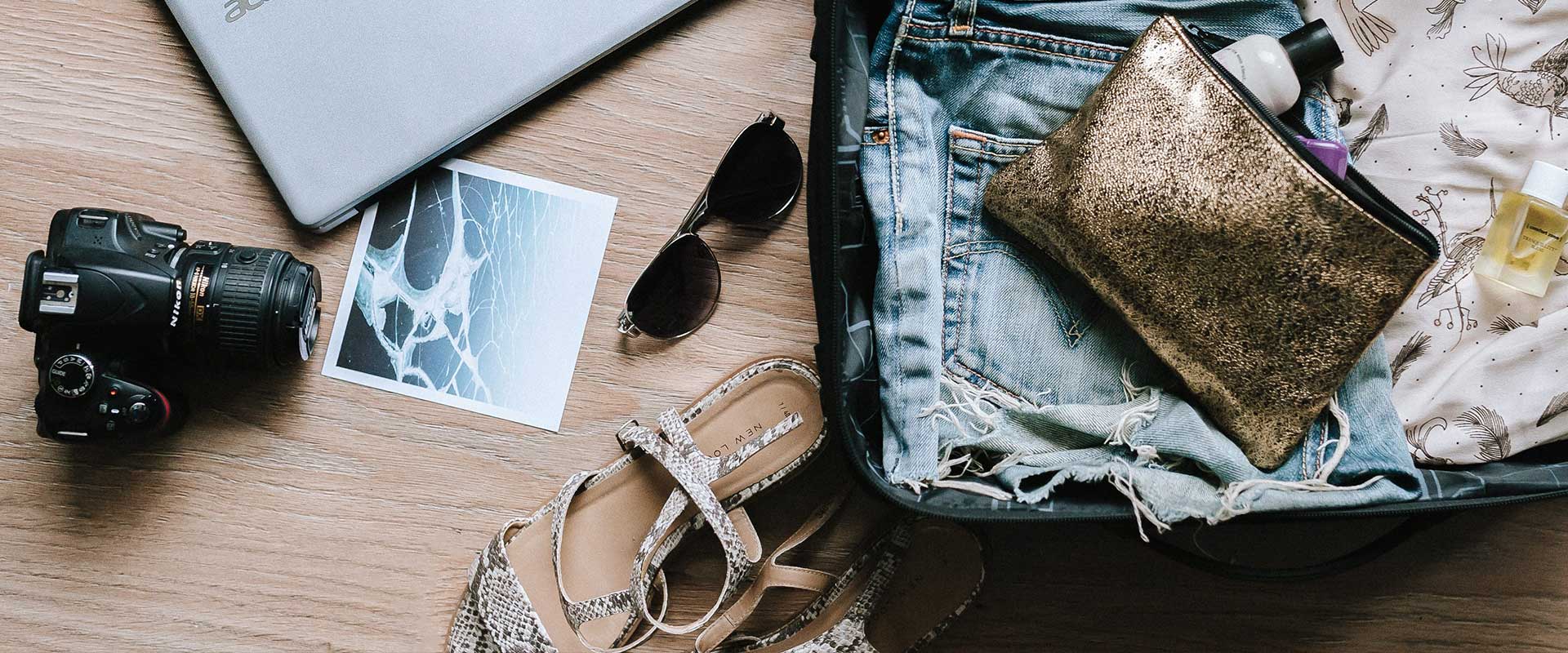
It seems like there is an app for almost everything these days. There are even packaging apps! These apps can be very helpful in developing and refining your lists. You can conveniently save your packing lists and create lists for different situations and destinations. These apps even come pre-populated with a list of recommended items that you can keep or discard as you wish. They have the potential to save you a lot of time in the long run.
7. Try a packing list generator if you don’t like apps
If you just don’t want another app, there are a few websites that can make packing lists for you. You enter a travel destination, weather conditions, length of stay, accommodations and other details. Sites develop a list based on the criteria you enter. They even come with things like a list of loose ends to tie before you leave.
Most travel nurses want to carry more luggage than the average traveler. After all, you will likely be gone for at least 13 weeks. At the same time, you don’t want to break the bank’s money by constantly sending things. You also have very little space to pack. In the meantime, it’s good to have everything organized and repackaged easily, considering you can go through the process quite often.
8. Check with your travel nursing company for more information
Don’t be afraid to ask your travel nursing company for more information about the accommodation packages they offer. For example, if they don’t include detergents in the package, ask if they can. The furniture service we used when I was recruited was only $ 35 a month and we routinely offered it for free when asked. A bigger TV only costs $ 25 to $ 50 more per month. And a pack of household items is only $ 125 more. The prices may have changed, but asking questions doesn’t hurt and can save a lot of space if successful.
9. Consider eBags packaging cubes for organization
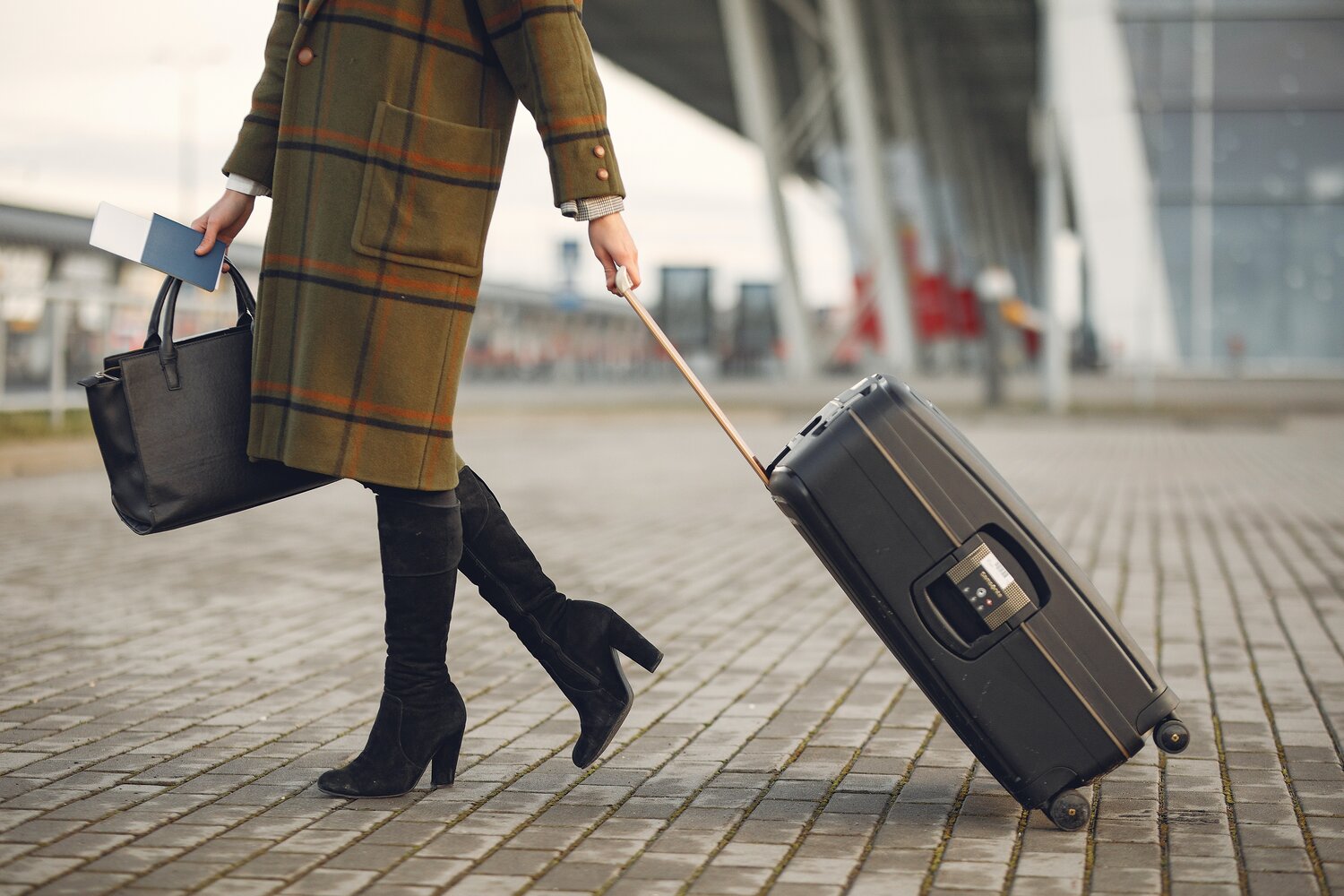
Packaging cubes from eBags are very popular for keeping things organized and accessible. Bags have mesh lids so you can see what’s inside. They also come in different sizes and colors. Different colors allow you to color-code content for even better organization.
You can put items in the packing cubes and then put the packing cubes in a suitcase or storage container. That way, you don’t have to search through all of your stuff to find what you’re looking for. Just find the Packing Cube it’s stored in and you’re done.
10. Consider compression bags to save space
If you really want to save space when packing clothes and other fabric items, try compression bags. These bags are sometimes referred to as “cloth bags”. They allow you to stuff them with clothing or related items, and provide a compression mechanism to save more space.
11. Consider an electronic accessories tour operator
The problem with packaging electronic devices is that they are often small and oddly shaped. As a result, they can be packed to save space and difficult to access if necessary. This is why a travel bag with accessories for electronics is so useful. These pockets save space and provide better access.
12. Consider a travel bag for cosmetics and personal care
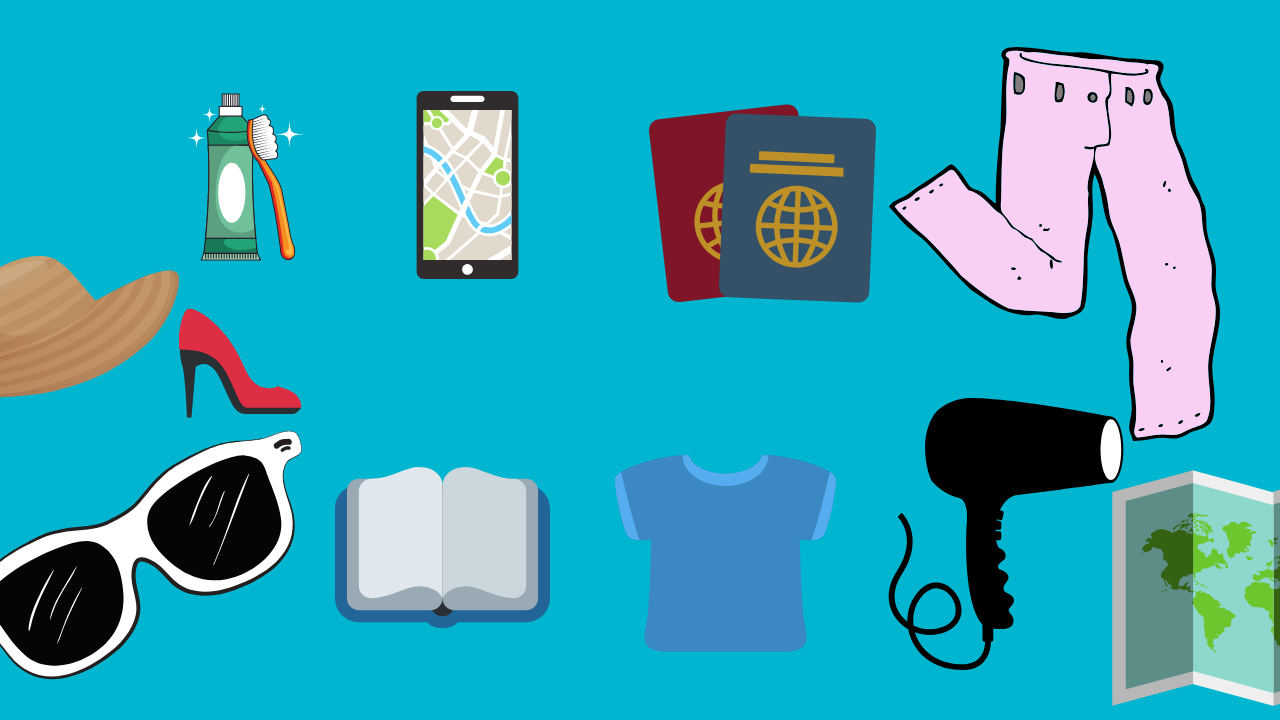
Toiletries are another thing that can be small and oddly shaped, which can make them take up a lot of space and be difficult to access. Using a bag specially designed to carry personal care products saves space and greatly improves accessibility.
13. Try a gearbox
Many of the travel nurses I’ve worked with loved equipment boxes for storing smaller items and keeping them organized. I have to admit that I’m not a huge fan. Compartments are not flexible enough and gearboxes do not use the space optimally. However, if you’re looking for something durable and practical, a gearbox might be a good choice.
14. Consider storage bins instead of luggage
If you’re driving a car, like most travel nurses, you might want to consider storage containers. They’re more durable than standard packaging, and the advantage of buying clear containers is that you can see what’s inside. These Rubbermaid bins are great choices.
15. Consider the towel package to save space

Good bath towels are thick, fluffy, and made of cotton. They are certainly a highly desirable home comfort. However, the bathroom takes up a lot of space! No matter how you pack them, the bath towels are huge. And if you decide not to pack them, you may find yourself at a dead end along the way.
16. Look at exofficio clothing products
Exofficio is a clothing company dedicated to the needs of travelers. How is that possible? Well they use some really amazing materials. Depending on what you buy, clothing can be wrinkle-free, antimicrobial, insect-repellent, moisture-wicking, dirt-repellent, quick-drying, and / or sunscreen.
17. Tips on Packing Shoes as a Travel Nurse
It is well known that shoes take up a lot of space when packing. There is almost no way around it. At the same time, travel nurses need at least their work shoes, a pair of dress shoes, a pair of trainers / walking shoes, a pair of casual shoes, and a pair of sandals or slippers.
18. “Intertwine” your clothes to save space
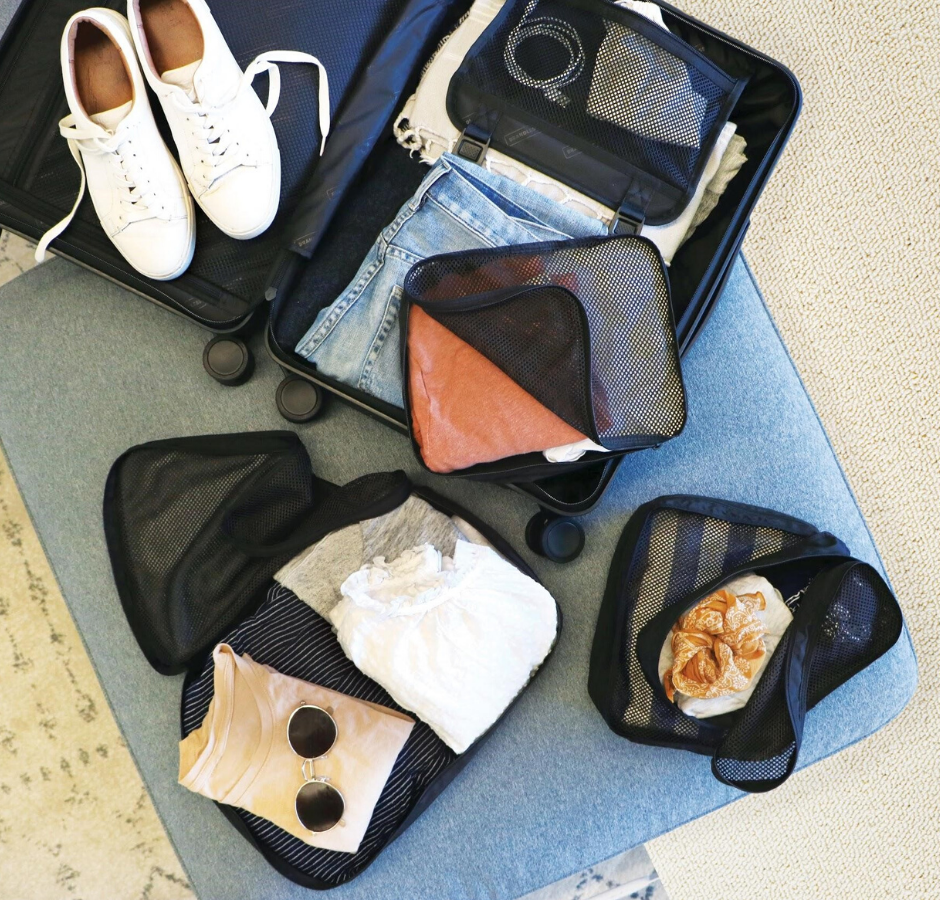
One of the best ways to save space when packing clothes is to “interfold”. Instead of describing how to do this, we’ve provided a link to an article on LifeHacker with photos explaining this approach. Below is also a video that demonstrates the method. It is important to note, however, that “interfolding” makes it difficult to access your clothing. So be sure to use this method for items that you don’t need to access until you are settled in.
19. Consolidate the electronics if possible
Electronic devices have a lot of overlap these days. At the same time, each of them has situations for which they are best suited. This makes it difficult to live without them. However, if you want to save a little more space while keeping track of fewer items, keep these consolidation tips in mind
- Leave the camera behind: Most cell phones these days have amazing cameras. In fact, many of them come with all of the bells and whistles that are included in cameras at moderate prices. So if you don’t have a really good camera, using your cell phone is probably just as good.
- Leave the eReader behind: Kindle, Nook, Kobo and Google Play have apps for iPhones and Android devices. With an eReader, you can download your books to your phone just as easily.
- Leave the desktop behind: If you have a desktop and a laptop, you don’t have to bring both. Opt for the laptop.
20. Consider a wireless speaker
No need to pack a stereo for travel nursing unless you’re a DJ or musician next door. You don’t have to go without a high-quality sound system for music and podcasts either! Consider buying a wireless speaker that works with your mobile device. There are inexpensive alternatives that work very well. There are also more expensive options that offer high quality sound, like my favorite Bose.
21. Consider mini containers to save space
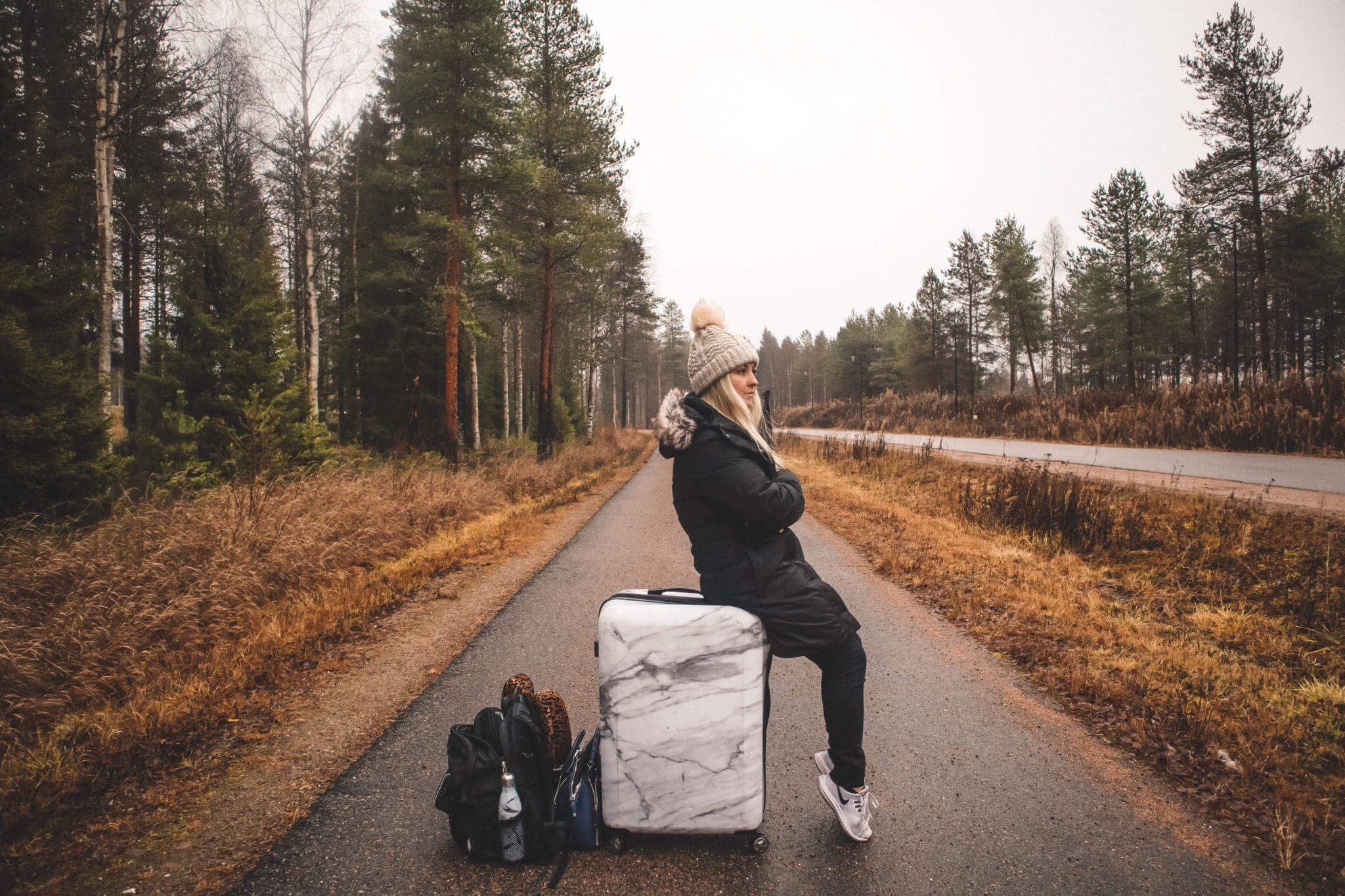
Mini containers are a great way to save space for several reasons. First, it is inefficient to pack containers that are not full. Unused space in the container is essentially wasted space. Second, it is difficult, and sometimes impossible, to find travel-sized packages of your favorite toiletries and cosmetics. And you will definitely want your favorite products considering how long you’ve been away.
22. Consider a Leatherman
As a travel nurse, you should bring a limited number of tools with you if necessary. However, the tools are bulky. So consider a Leatherman or something similar. These “multi-tool” products can replace 15 to 50 different tools and are tiny in comparison.
23. Pack everything
Surely there are many other things to consider when packing for your travel nursing assignment. Traveling, for example, has its own needs. There are also loose ends that need to be tied before leaving the house. And of course a real list of items would be nice too! We will be working on blog posts on these topics in the near future !!
